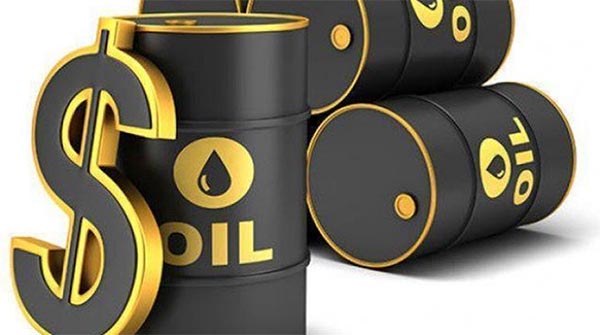Rising oil and natural gas prices boosted third-quarter profits at Exxon Mobil Corp and Chevron Corp by about 50 percent, underscoring how reliant they remain on commodity markets for their financial futures than better technology or cost cuts.
Despite deep capital spending cuts and a refocusing on projects that can generate faster paybacks in recent years, the results on Friday showed the pair, neither of whom hedge oil output, are still at the mercy of price gyrations.
Exxon and Chevron have pointed to aggressive plans for boosting low-cost U.S. shale production. But in recent quarters total output at both has atrophied and shale is unlikely to deliver a marked lift until the next decade, based on corporate projections.
“Both are trying to be disciplined and show growth,” said Brian Youngberg, an oil industry analyst with Edward Jones. “But it’s a little bit of a transition, especially as they’re trying to increase shale (output).”
The pair reported the same day as French rival Total SA posted a 29 percent jump in its third-quarter net profit as project ramp-ups and new investments lifted production.
Exxon, which reported a better-than-expected quarterly, said its Permian oil production will grow 45 percent each year through 2020, to more than 400,000 barrels per day. The company also has a large shale position in North Dakota’s Bakken shale formation.
Still, Exxon said higher prices contributed $860 million to its earnings while volume increases added only $20 million to the latest quarter’s exploration profit. Exxon’s total output in the quarter was the lowest this year.
Exxon stock edged up 0.1 percent to $83.53 on Friday afternoon.
At Chevron, a writedown of its Bangladesh operations and a drop in U.S. production weighed on results, which missed Wall Street estimates by a wide margin.
Chevron’s stock slid 4.5 percent to $113.15, a drop that surprised Chief Executive Officer John Watson, he said during an investors conference call.
The San Ramon, California, company, which has been one of the Permian’s largest acreage holders since the 1930s, has only recently begun to aggressively develop its oil reserves there. Watson told Reuters earlier this year the Permian is “very important” in the company’s portfolio.
While the company has yet to forecast 2018 production goals for the Permian, Watson said on Friday that Chevron will grow aggressively in the region.
Chevron’s overall average daily output was up 8 percent over a year ago, but that was largely due to the start of giant natural-gas projects. U.S. oil production at Chevron fell overall, as aging field output offset a jump in Permian production.
The loss in U.S. oil production narrowed sharply as the price received for its crude rose 13.5 percent over a year earlier.














